Neuroscience

Neurotransmitter receptors function via various G-protein coupled and G-protein independent mechanisms that activate downstream intracellular signaling pathways such as cAMP/PKA, PI3K/AKT, phospholipase A2, and phospholipase C pathways. For instance, dopamine receptors act through adenylate cyclase to activate PKA and other signaling molecules, thereby mediate gene expression through the actions of CREB and other transcription factors. Other neurotransmitters such as NMDAR or AMPAR are associated with ion channels that control flux of Ca2+ and Na+, thus propagating the action potential across the post-synaptic neuron.
Dysfunctions in GABAergic/glutamatergic/serotonergic/dopaminergic pathways result in a broad range of neurological disorders such as chronic pain, neurodegenerative diseases, and insomnia, as well as mental disorders including schizophrenia, bipolar disorder, depression, and addiction.
-
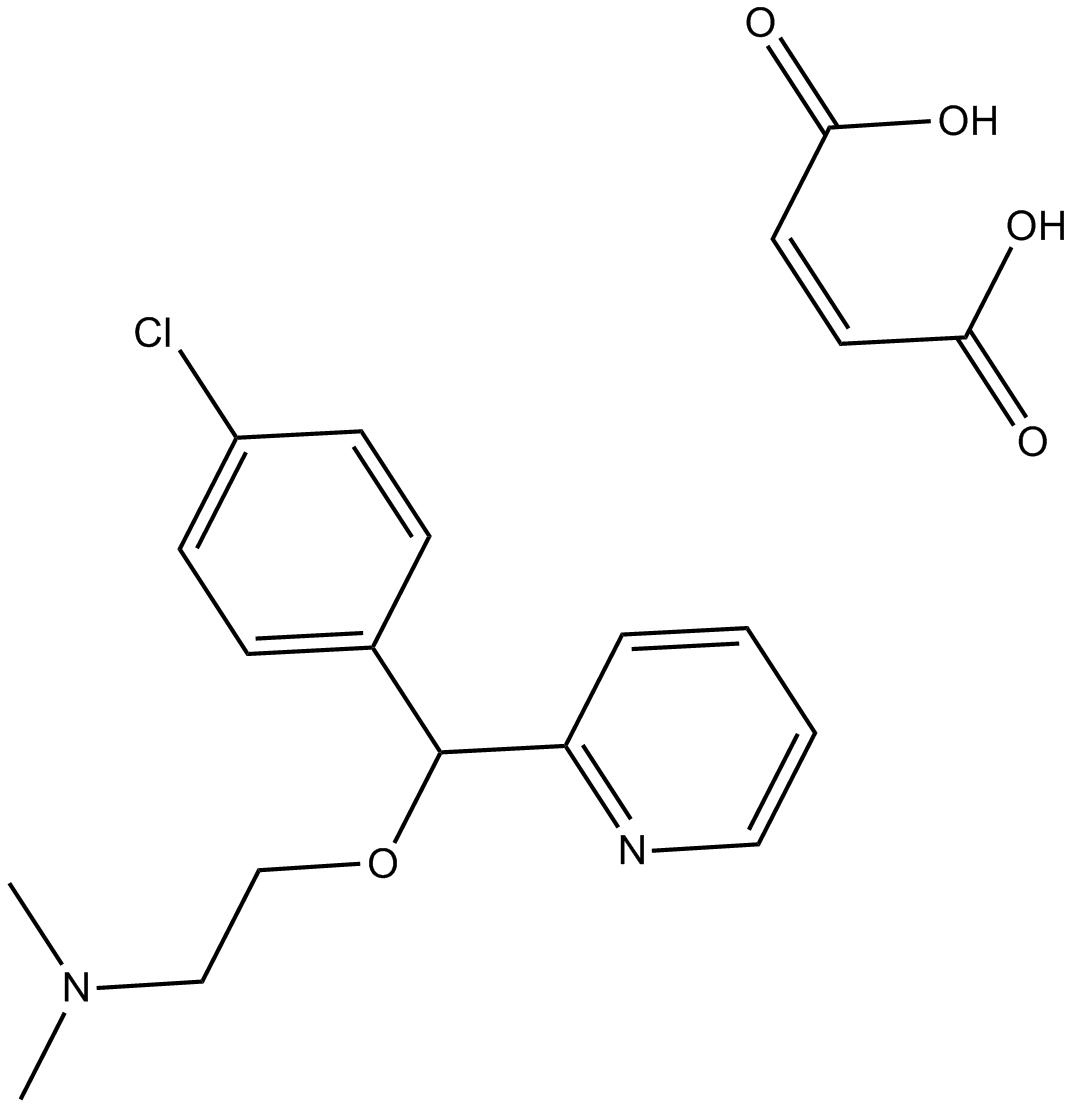 B6147 CarbinoxaMine MaleateSummary: histamine-H1 receptor inhibitor
B6147 CarbinoxaMine MaleateSummary: histamine-H1 receptor inhibitor -
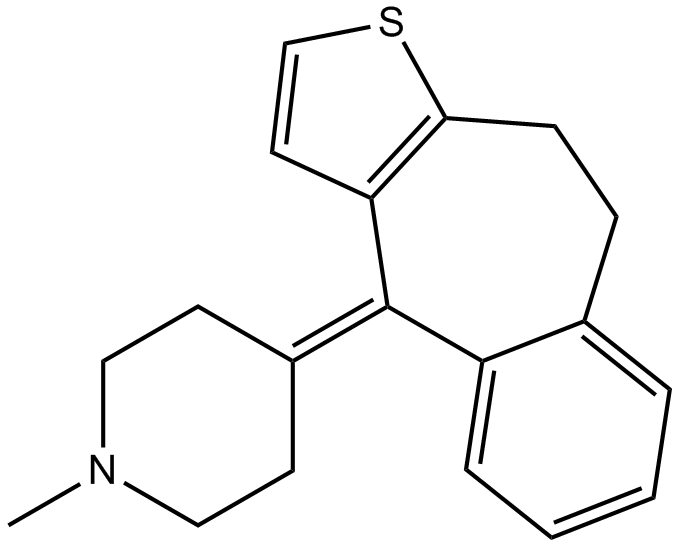 B1206 PizotifenTarget: 5-HT2 ReceptorsSummary: Highly selective 5-HT receptor blocking agent
B1206 PizotifenTarget: 5-HT2 ReceptorsSummary: Highly selective 5-HT receptor blocking agent -
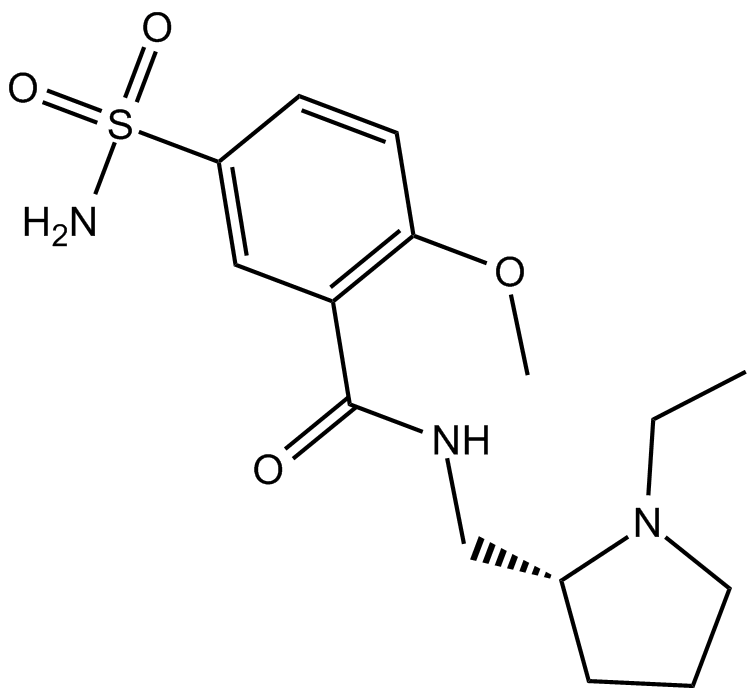 B6492 (RS)-(±)-SulpirideSummary: D2-like dopamine receptor antagonist
B6492 (RS)-(±)-SulpirideSummary: D2-like dopamine receptor antagonist -
 B6387 Salsolinol-1-carboxylic acidSummary: amino acid that occurs naturally in the CNS
B6387 Salsolinol-1-carboxylic acidSummary: amino acid that occurs naturally in the CNS -
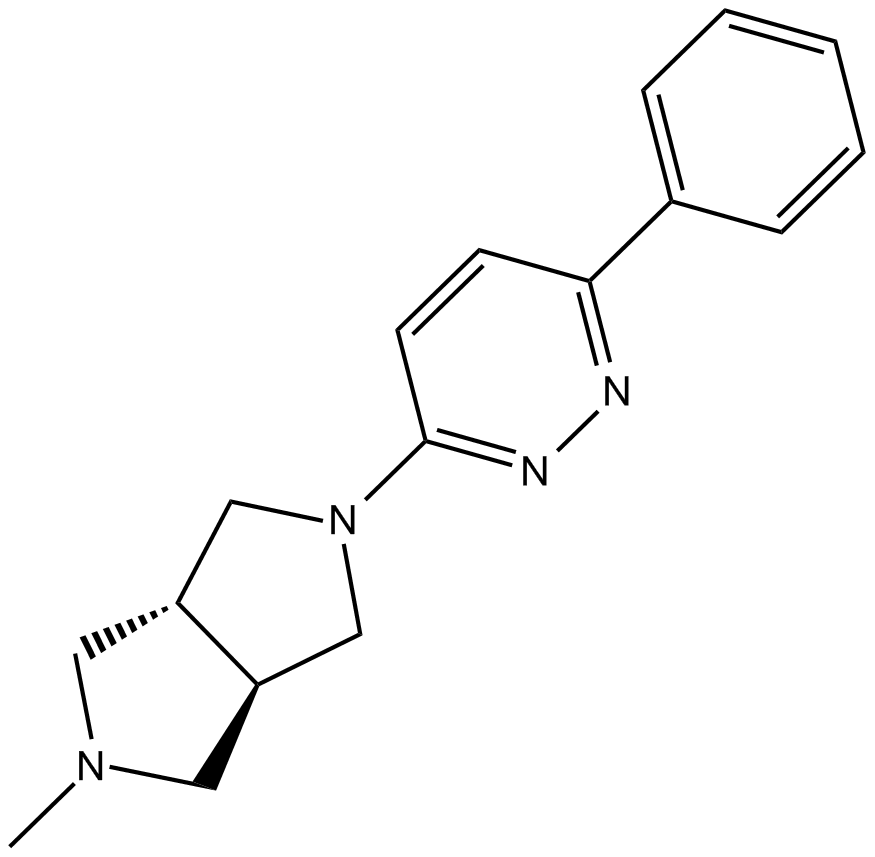 B7652 A 582941Summary: partial agonist of α7 nicotinic acetylcholine receptors
B7652 A 582941Summary: partial agonist of α7 nicotinic acetylcholine receptors -
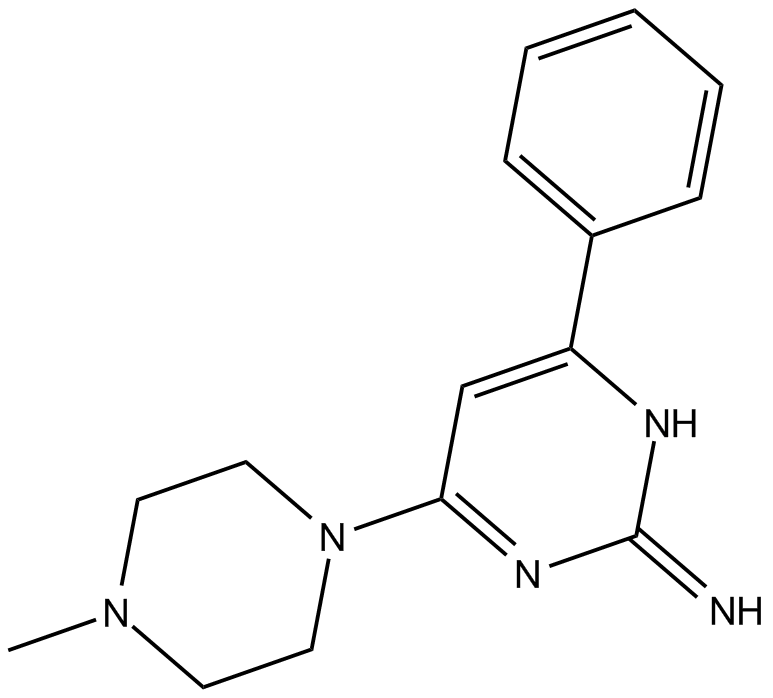 B5709 VUF 10460Summary: histamine H4 receptor agonist
B5709 VUF 10460Summary: histamine H4 receptor agonist -
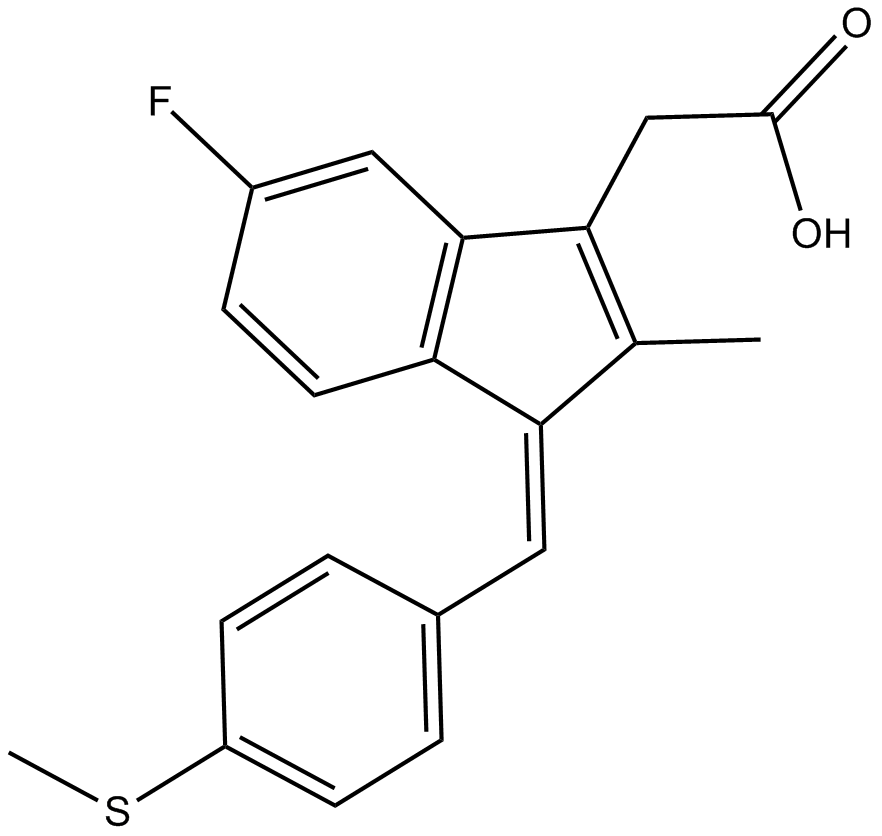 B6074 Sulindac sulfideSummary: COX inhibitor
B6074 Sulindac sulfideSummary: COX inhibitor -
 C4396 VU0364572 (trifluoroacetate salt)Summary: M1 agonist
C4396 VU0364572 (trifluoroacetate salt)Summary: M1 agonist -
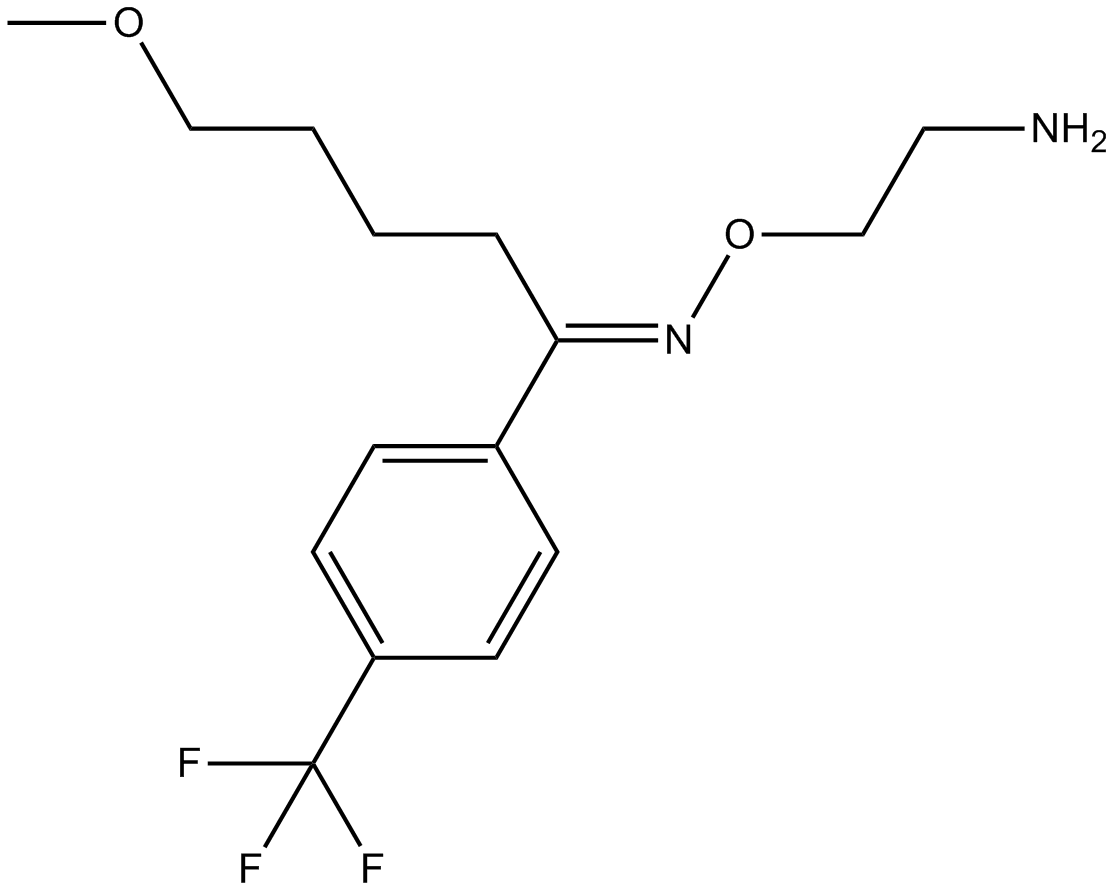 B1205 FluvoxamineTarget: Serotonin reuptakeSummary: Selective serotonin reuptake inhibitor
B1205 FluvoxamineTarget: Serotonin reuptakeSummary: Selective serotonin reuptake inhibitor -
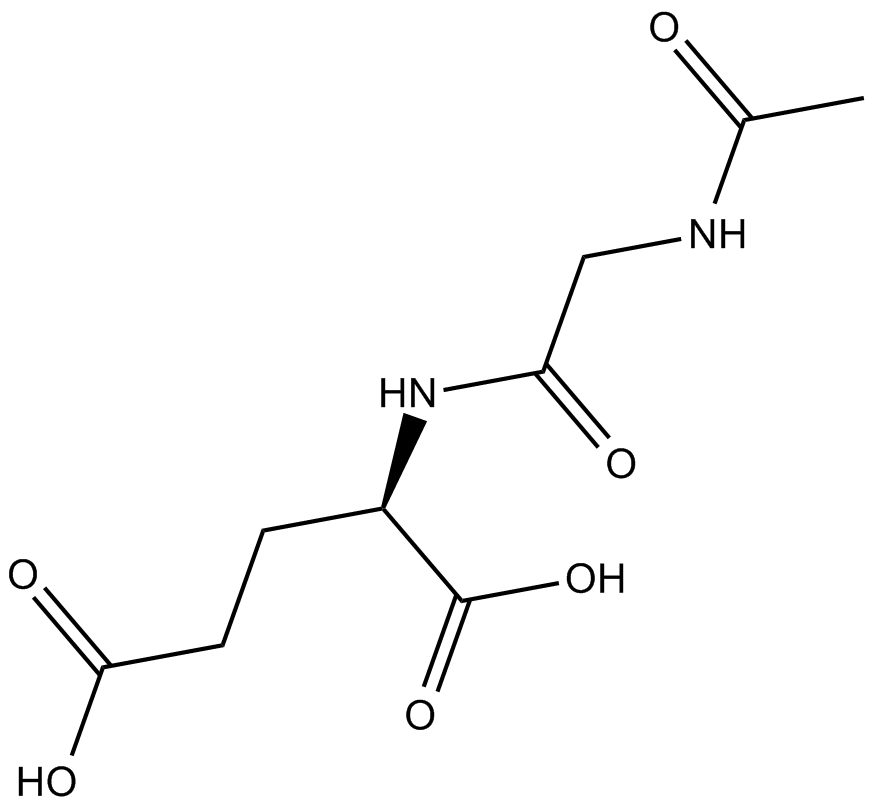 B6290 N-Acetylglycyl-D-glutamic acidSummary: Excitatory peptide that induces seizures
B6290 N-Acetylglycyl-D-glutamic acidSummary: Excitatory peptide that induces seizures

